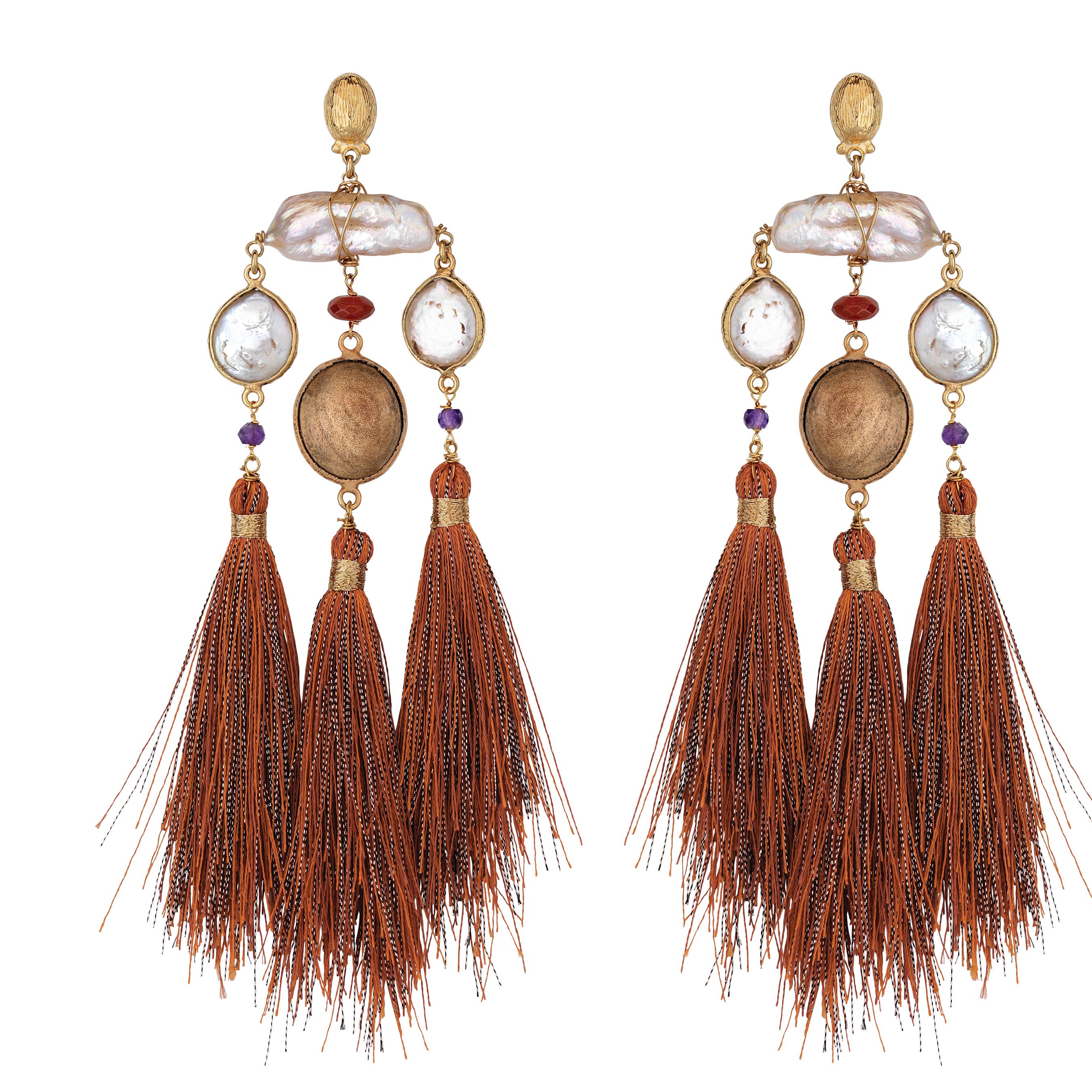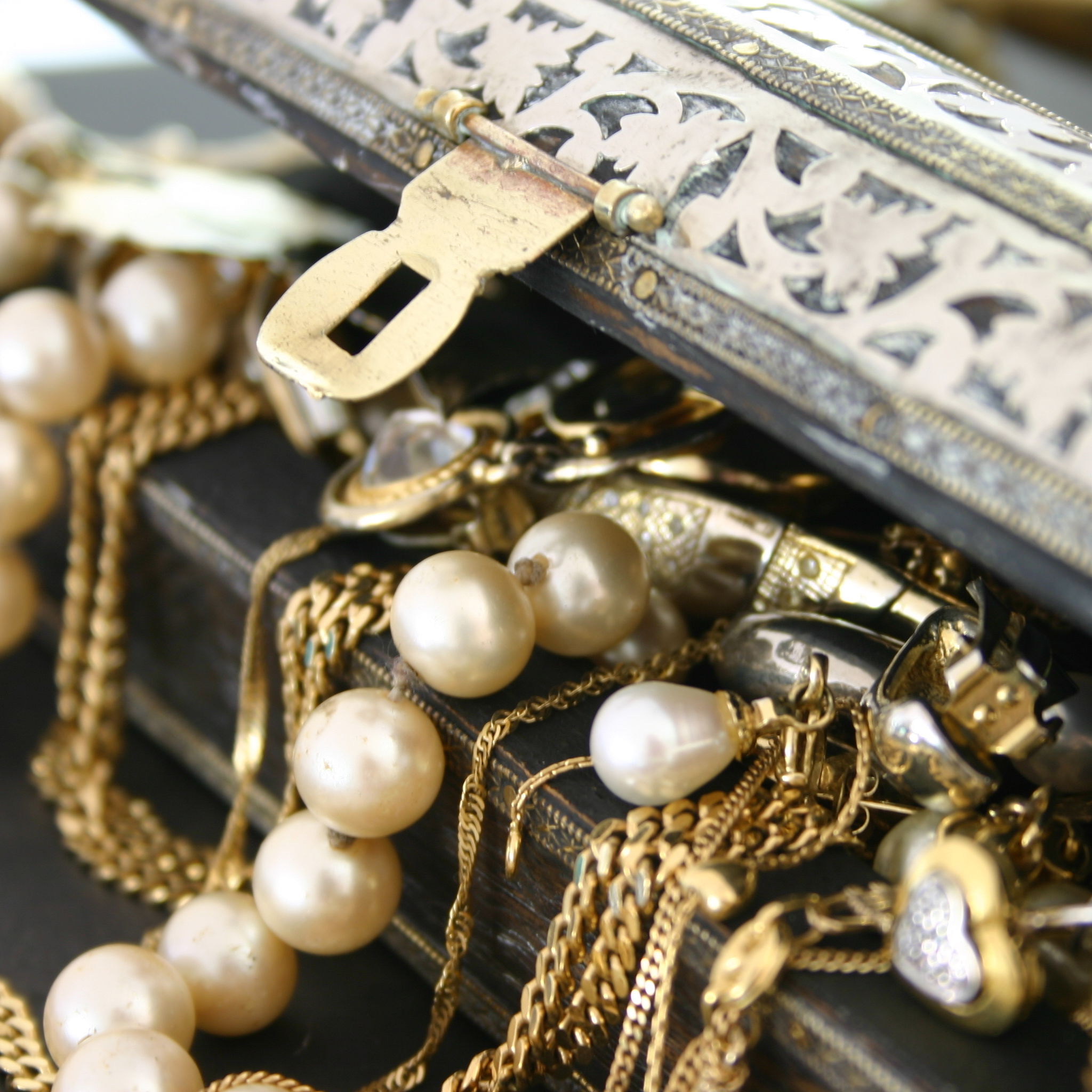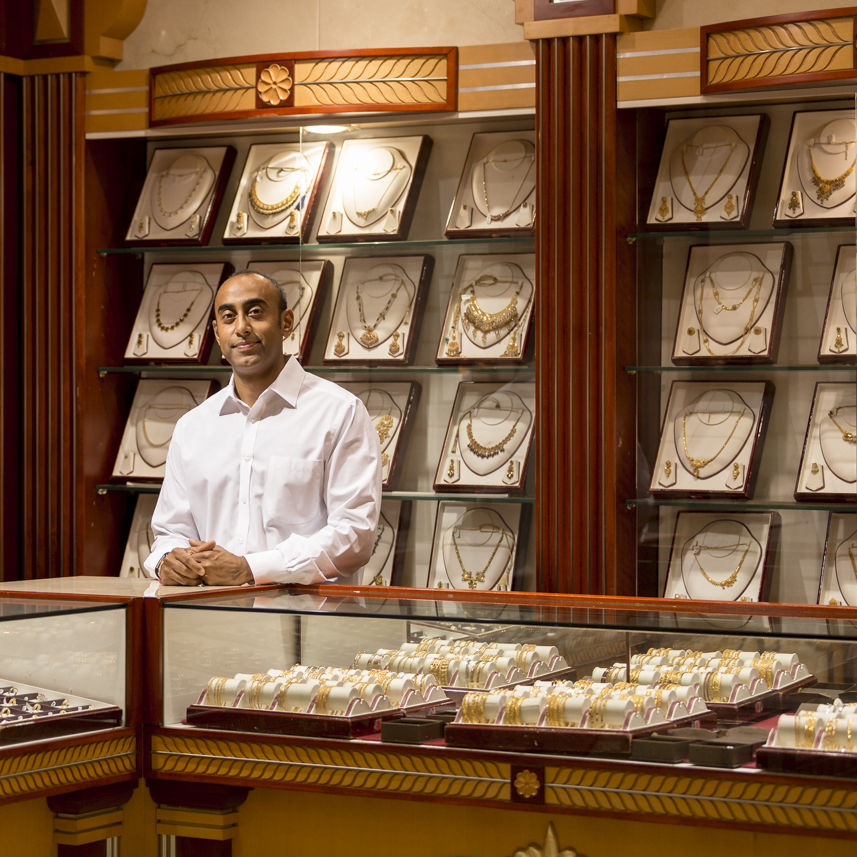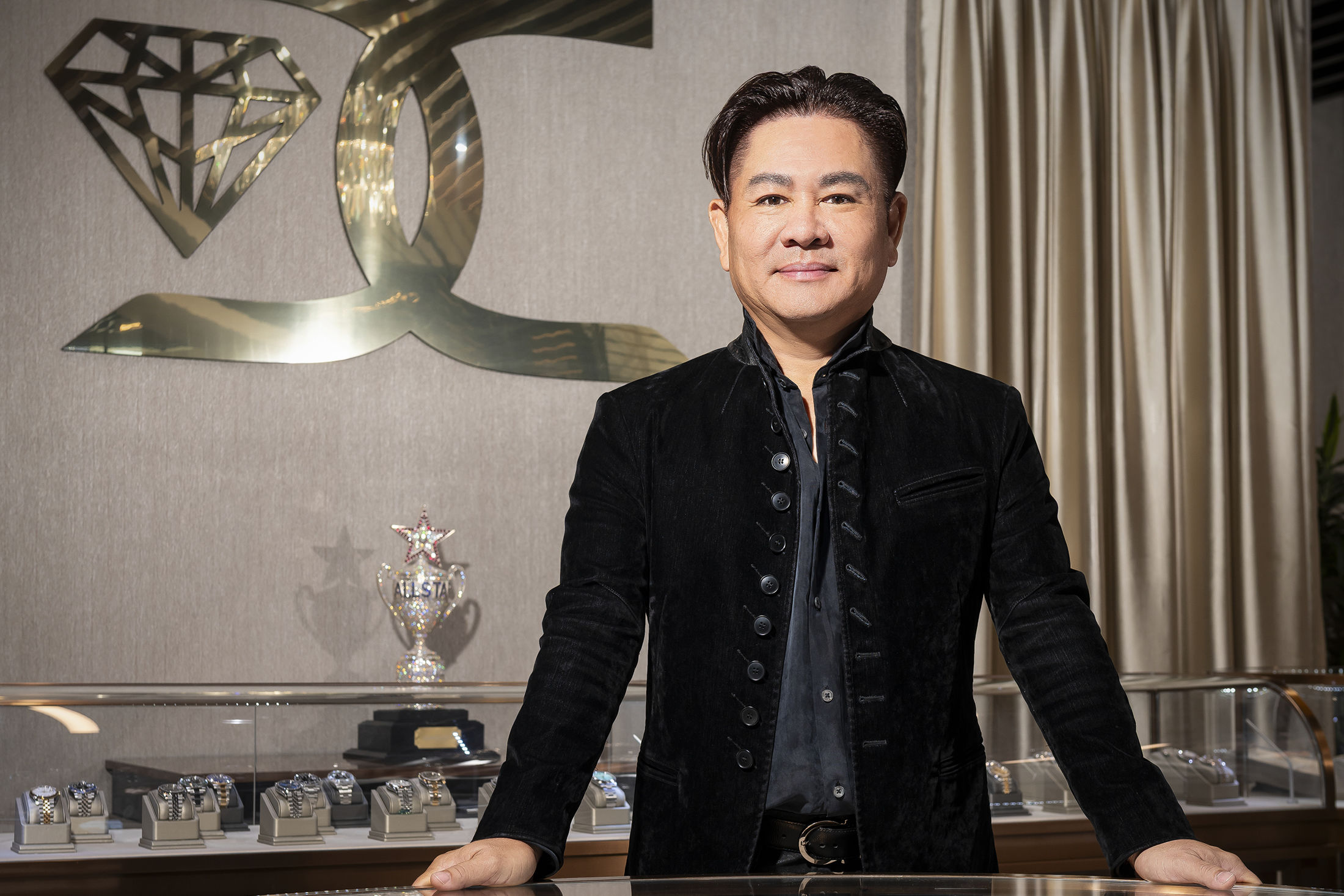How to Buy a Diamond
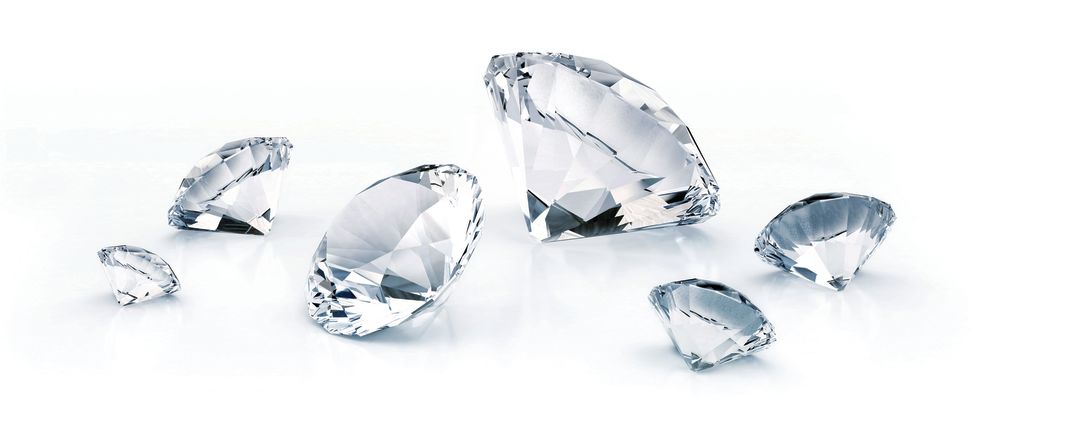
Image: Courtesy Shutterstock.com
Stephen Morisseau of the Gemological Institute of America knows a good gemstone when he sees one. In the market? Use his tips to select something that really shines.
Choose a Qualified Jeweler
“Consumers should select a jeweler as carefully as they would a doctor, lawyer or any other trained professional. Find someone who is credentialed, such as a GIA Graduate Gemologist. Take note of their affiliations with jewelry-industry groups and professional associations.”
Ask for an Independent Diamond-Grading Report
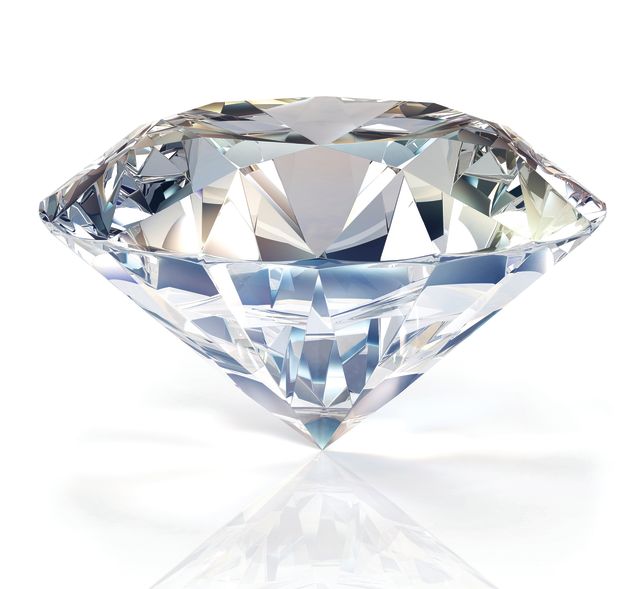
Image: Courtesy Shutterstock.com
“A diamond-grading report details the gemological quality of the diamond. It tells whether the stone is natural or synthetic, if it has been treated—and how—and its quality rankings in each of the 4Cs.”
Keep the Purchase Secure
“Have the diamond appraised and insured. A diamond-grading report is the independent assessment of quality, while an appraisal gives a monetary value. A personal message or the report number can be laser-inscribed on the diamond’s outer edge, called the girdle, to help identify it, if it’s ever lost or stolen.”
Purchase the Stone Loose and Have the Ring Set Later
“If someone is unsure what their future fiancé prefers in a ring, one option is to purchase a loose diamond and decide on the mounting together later.”

The 4Cs: A Guide
Carat: Diamonds are weighed in metric carats—two carats weigh the same as a small paper clip.
Clarity: Created under tremendous heat and pressure, nearly all natural diamonds contain unique internal flaws, called inclusions, and external blemishes. The fewer the flaws, the higher the value.
Color: Perfect diamonds are colorless, very rare and highly valued. Letter grades begin with D (colorless) and end at Z (light yellow or brown).
Cut: The cut actually refers to a diamond’s complex relationship with light and how it affects a stone’s brilliancy, not its shape. A number of factors influence the cut grade, including overall appearance, design and craftsmanship.

